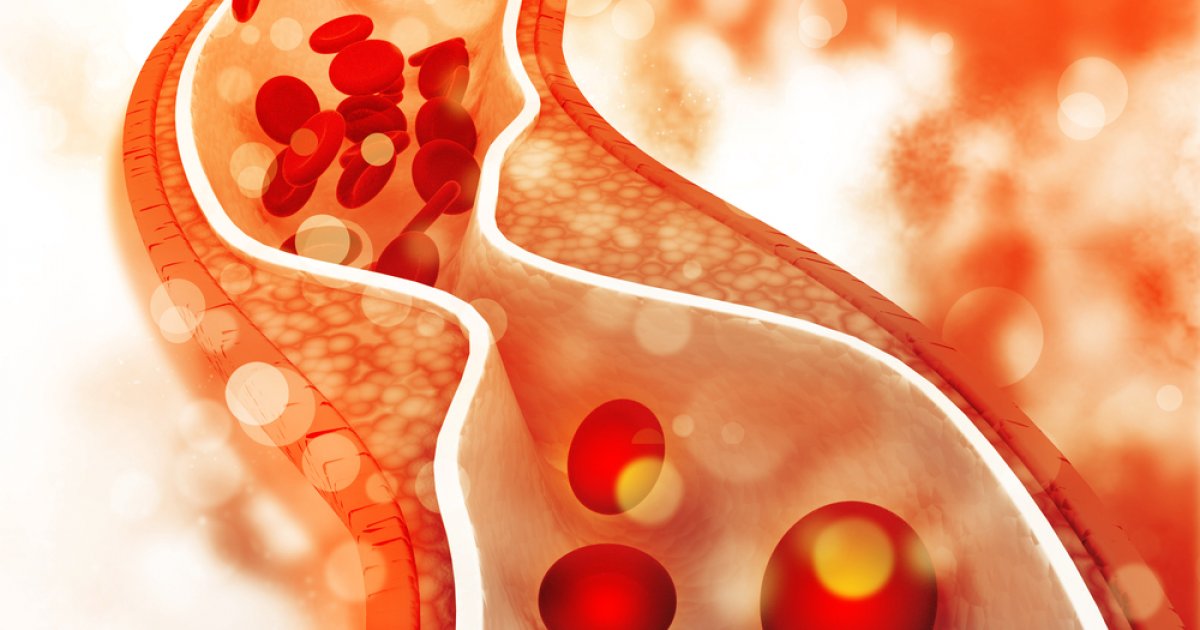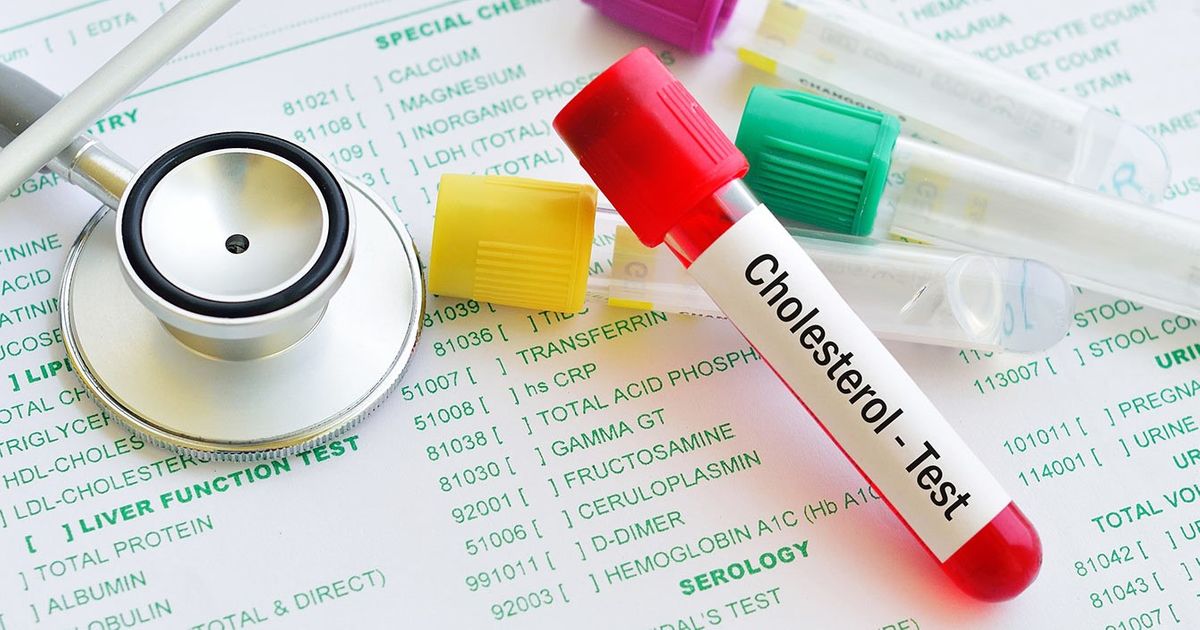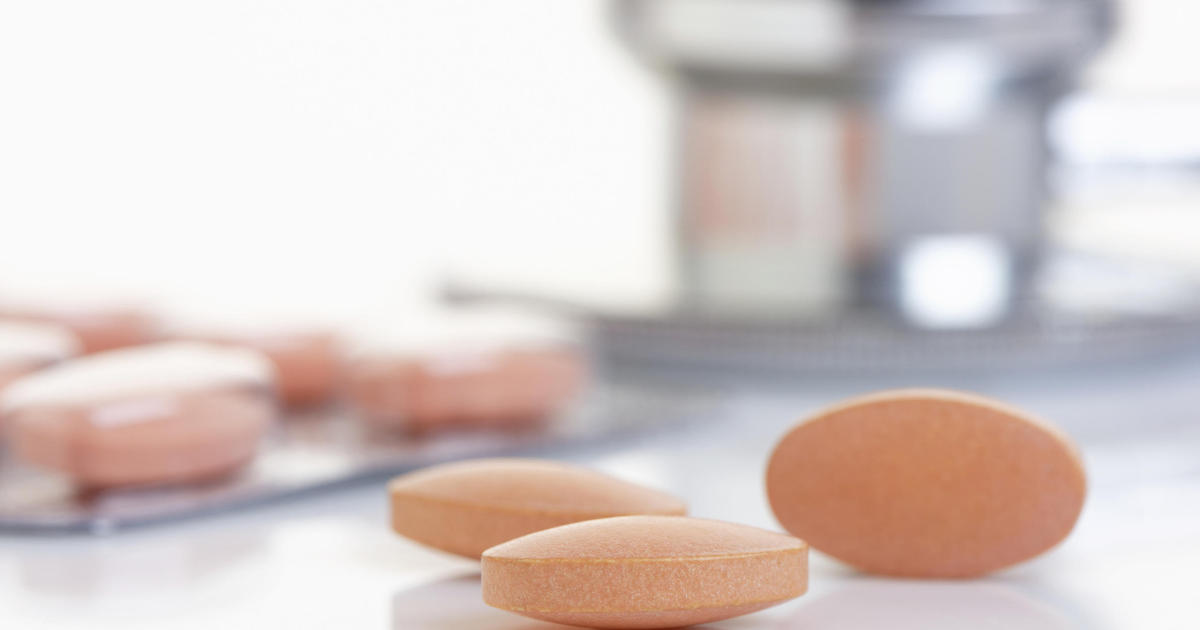Guide To Understanding Cholesterol And What Causes Levels To Rise
Cholesterol, which is found in the blood, is a waxy substance the body needs to build healthy cells. However, high cholesterol can increase an individual's risk of health conditions like heart disease. Thus, it is important for individuals to maintain a healthy level of cholesterol in their blood. This starts with understanding not only what cholesterol is, particularly what differentiates the types of cholesterol from one another, but also what causes high cholesterol. This basis is crucial in ensuring individuals can receive appropriate treatment and practice the right lifestyle habits to manage their cholesterol effectively.
With this in mind, get the details on cholesterol now.
LDL Cholesterol: The "Bad" Kind

Low-density lipoprotein (LDL) cholesterol is considered the 'bad' type of cholesterol. This is the kind of cholesterol that creates a hard inner lining in the arteries, which will eventually cause them to become blocked and clogged. Specifically, this form of lipoprotein, or fat, collects in the walls of the blood vessels, where it causes blockages. Higher levels of low-density lipoprotein cholesterol increase an individual's risk of suffering a heart attack due to a sudden blood clot that can form in the arteries. When the lining of the arteries hardens, it is called atherosclerosis, and if left untreated, atherosclerosis can result in a heart attack or stroke, which can be fatal.
HDL Cholesterol: The "Good" Kind

High-density lipoprotein (HDL) cholesterol is considered 'good' cholesterol, as it is very dense in comparison with other cholesterol molecules. Specifically, HDL molecules are considered good for the body, as it travels the bloodstream removing harmful low-density lipoprotein cholesterol molecules where it does not belong. High-density lipoprotein cholesterol is also considered 'good' due to the fact it is an essential fat that provides stability to every cell within the body. High HDL cholesterol within the body reduces the risk of a patient suffering a heart attack, stroke, or developing heart disease, but low levels of this cholesterol increase the risk.
Lack Of Exercise

One big factor in cholesterol is exercise. Doctors recommend exercising as a means to lower unhealthy cholesterol levels. If individuals live a sedentary lifestyle, they have a higher chance of developing unhealthy cholesterol levels. The link between exercise and cholesterol is proven, but research into why this link exists is more recent. Exercise can boost an individual's metabolism, which helps them maintain or lose weight. Having excess stores of fat in the body makes individuals more likely to have high low-density lipoprotein cholesterol levels in the blood. These levels have been linked to heart disease. As individuals exercise, their body begins producing enzymes that move LDL cholesterol from the blood to the liver, which then converts the cholesterol into bile. As individuals exercise more, their body expels more low-density lipoprotein cholesterol. Exercise also increases the general size of the proteins that move LDL cholesterol through the blood. The smaller particles are more dangerous because they can get into smaller places in the cardiovascular walls.
Smoking

Smoking has a serious, measured effect on an individual's cholesterol and overall cardiovascular health. Smokers are much more likely to develop cardiovascular disease than non-smokers. One of the biggest reasons for this is the acrolein in cigarettes. This substance affects low-density lipoprotein cholesterol because it inhibits the body from creating protective enzymes that can keep LDL cholesterol intact. This makes low-density lipoprotein cholesterol more vulnerable to an oxidation process. If LDL cholesterol becomes oxidized, its chemical structure changes until the body's immune system no longer recognizes it. This causes the immune system to release inflammatory substances and white blood cells at the site of the oxidized LDL cholesterol. In turn, this leads to more buildup of low-density lipoprotein cholesterol and clogging at the oxidized site. Research studies have shown if individuals have high levels of oxidized LDL cholesterol in their blood, they have a much higher likelihood of experiencing a stroke or heart attack. Smoking has an even greater effect if individuals have a genetic predisposition toward heart disease and cardiovascular illness.
Diabetes

Diabetes occurs when the body doesn't have enough insulin to process blood sugar. It can lead to serious organ damage, nerve damage, blindness, loss of limb, and death. Some patients don't produce any insulin at all, while others merely have inadequate insulin production. There has been a link drawn between diabetes and unhealthy cholesterol levels. Diabetes patients typically have lower HDL cholesterol than the average healthy person. At the same time, the illness can raise LDL cholesterol and triglycerides. This is a condition known as diabetic dyslipidemia. If patients are diagnosed with this issue, it means one complication of their diabetes is that their lipids are increasing in negative directions. The consequences of this problem can be fatal. Many patients experience atherosclerosis and coronary heart disease at much younger ages than healthy individuals. Sometimes the condition will develop before patients even receive a diabetes diagnosis. Pre-diabetes patients may develop this when they have insulin resistance that's not yet severe enough to be classified officially as diabetes mellitus.
Age

As individuals get older, their cholesterol will typically undergo a natural increase. For this reason, doctors recommend individuals take certain lifestyle measures when they're young to reduce their chances of developing high cholesterol when they get older. The individuals least likely to have cholesterol issues are those under eighteen years old. An ideal cholesterol reading for adults is lower than two hundred milligrams per deciliter. Low-density lipoprotein cholesterol should ideally be lower than one hundred milligrams per deciliter. In an ideal reading, an individual's HDL cholesterol levels should be higher than their LDL cholesterol levels. Having readings of lower than forty milligrams per deciliter means individuals have a major risk for heart disease. Ideal levels are at least sixty milligrams per deciliter, with higher readings corresponding to a lowered risk of heart disease. Individuals might have low cholesterol in their twenties but then struggle to keep their levels below two hundred milligrams per deciliter when they get into their fifties and sixties. While individuals don't need to be ashamed of an increase in cholesterol, it does help to address it as soon as possible.
Obesity

Obesity can be a significant factor in the development of high cholesterol. Clinically obese individuals are at least twenty percent heavier than their ideal body weight. Seventy-eight million Americans meet this criterion, which means more than one in three individuals. Heavier individuals have a higher risk of cholesterol issues. There are specific changes to a cholesterol panel that can be observed. Like with diabetes patients, it's common for a patient's high-density lipoprotein cholesterol levels to be too low while their low-density lipoprotein cholesterol levels are too high. These combined factors increase the risk of stroke, heart attack, and heart disease. Eating foods full of saturated fats can have an effect, and this can also sometimes be a contributing factor to obesity. When individuals are obese, their liver creates more LDL cholesterol, but their body doesn't clear it from the blood as easily. Some individuals might experience this because their bodies don't adjust LDL cholesterol levels based on changes in the fats they eat. It's also common for obese individuals to experience widespread inflammation, which changes how the body responds to dietary changes.
How To Increase The Good Cholesterol

Keeping good cholesterol levels high while simultaneously lowering bad cholesterol levels is not overly difficult, however, it will take some time and discipline to achieve. To increase the levels of high-density lipoprotein cholesterol within the body, a patient is recommended to exercise regularly, quit smoking or using tobacco products if they do, and maintain a healthy weight for their age, height, and bone density. Regarding food, individuals should also reduce their saturated fat intake, which includes butter, animal protein, and fried foods, while incorporating more unsaturated fats into their diet, such as avocado, olive oil, and nuts.
Eating Habits Related To Cholesterol

Even the American Heart Association (AHA), is no longer advising individuals to take an extreme approach to lower their low-density lipoprotein cholesterol. Rather, moderation has become the new guideline for dietitians when advising clients. For instance, eggs form a complete protein and are healthy for many to eat. However, for the rest of the day, patients should steer clear of consuming animal protein in any significant quantities to keep their LDL cholesterol low, hence making changes in moderation. There are also numerous ways for individuals to continue to eat delicious dairy and animal products without increasing their LDL cholesterol, such as choosing lower fat dairy options, which decreases the amount of low-density lipoprotein cholesterol a patient ingests per serving.
Medications For Cholesterol

In many cases, genetics, other pre-existing conditions, or past habits may indicate an individual needs a little extra help with managing their cholesterol and requires cholesterol-lowering medication. A doctor can prescribe the medication that best suits a patient's health needs and lifestyle. Medications usually prescribed to help lower low-density lipoprotein cholesterol include statins, niacin, fibric acid derivatives, bile-acid resins, and cholesterol absorption inhibitors. Combining these medications with daily exercise and a healthier diet can help a patient lower their cholesterol levels in no time.
